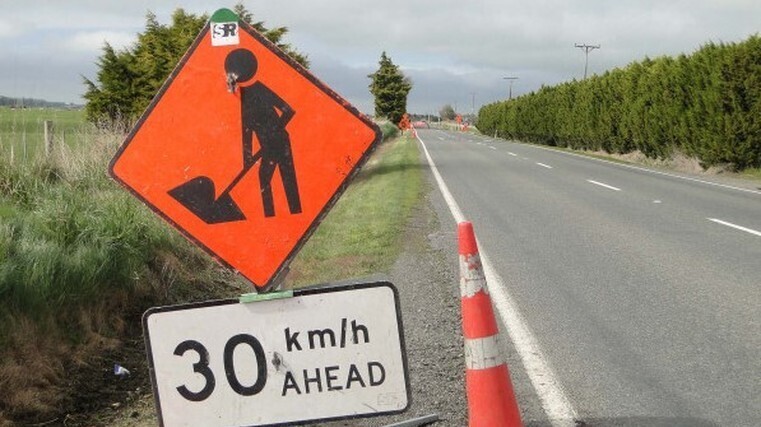Prioritising regional road works

The government hopes to accelerate the building of new highways after launching a roads of regional significance scheme, which will sit alongside the existing roads of national significance (Rons) programme.
Simeon Brown, Minister of Transport, says expanding the programme to regionally significant routes aims to ensure cities and regions are well connected.
Decisions around the scope and delivery of the prioritised projects has also been delegated to the New Zealand Transport Agency, which will have to pay for those works from an existing $6.5 billion fund.
The shift away from ministerial decision-making was agreed to by Brown and Nicola Willis, Minister of Finance, to avoid project delays and scope creep.
“Similar to Rons, roads of regional significance will single out essential routes that require prioritisation,” explains Brown.
“Roads of national significance and roads of regional significance will replace the NZ Upgrade Programme, which was severely mismanaged by the previous government.”
He says NZTA will be progressing with two more national projects – at Takatimu in Southland, and between Otaki and Levin in Horowhenua – and 10 regional ones.
The regional projects are: Penlink, Waihoehoe Road, State Highway 1 Papakura to Drury, the State Highway 1 and 29 intersection, State Highway 58 improvements, Melling, a Queenstown package and three Canterbury packages.
Tangi Utikere, Labour’s transport spokesman, has lamented the cancellation of the New Zealand Upgrade Programme, describing the move as short-sighted.
“New Zealand’s road networks are important, but so are the public transport, rail, hospital and school projects in our regions funded by the New Zealand Upgrade Programme, which was designed to boost productivity and long-term growth,” he says.
“When it comes to these new roads of regional significance, moving the decision-making responsibility from government ministers to NZTA, at a time when the public service is experiencing cuts, will make this challenging for the public sector.”





